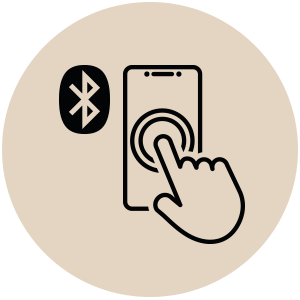
Playing and exploring the world in a stimulating environment will help your child learn and grow, but too many activities may lead to overstimulation.
WHAT IS OVERSTIMULATION?
When a child is exposed to unfamiliar sensory experiences, larger than usual groups of people, or activities that last longer or are more intense than the norm, he or she may become overstimulated. In short, this means the little one has had enough and is overwhelmed. He or she needs a break.
The typical reaction would be fatigue, screaming and crying; toddlers often react with outbursts of anger. That’s what we are witnessing when children throw themselves on the floor and scream at their parents in the supermarket after a long day in daycare.
In the case of an infant, it might happen at a family gathering where baby has been handed around to be held and touched by many different adults. Or, after baby swimming, there’s a doctor’s appointment and a coffee date with mom’s girlfriends. That is simply too much for one day.
TYPICAL SIGNS OF OVERSTIMULATION
- Sudden and intense crying
- Turning the head away and avoiding eye contact
- Agitated and tense body
- Refusal of food
- Difficulty sleeping
CONSEQUENCES OF OVERSTIMULATION OF A BABY
There are no long term effects if a baby is overstimulated from time to time. Don’t worry. Sometimes you may not be able to avoid the situation if you must take a long flight or several important appointments are scheduled for the same day or weekend.
That said, you should avoid overstimulation in your baby’s daily life as that could cause cognitive impairments later on in life. Especially during the first few months, a baby does not at all need to be exposed to colorful and noisy toys, music, baby apps, and cartoons.
Similarly, you are not helping your junior if the weekly program is packed with a baby singing at the local church, rhythmic movement class, swimming, play meets, mommy support group, shopping, visits to grandparents, etc. Your child also needs to rest in the comfort of home.
RELAXING IN A SWADDLE OR HAMMOCK
Should you notice that your baby is overstimulated, the first thing to do is to go home. If that is not possible, you need to look for a quiet spot. Perhaps your child needs a bit of alone time in the carriage? Or perhaps the little one needs to be close to you in a wrap or carrier?
Swaddling often helps infants settle down because it cuts down on physical sensations. For that same reason, some children (and adults for that matter) enjoy weighted blankets that provide comfort through weight.
Finally, you may want to put junior in the hammock. The tight, soft wrapping and the gently rocking movements will settle down even the most overstimulated baby. This makes for a great deal of comfort. There is no need to sleep – the hammock is a good place to just relax and get away from the world for a bit.
When it comes to managing an overstimulated baby, you will gradually learn what works best, and you will get better at reading the child’s unique signals.

























